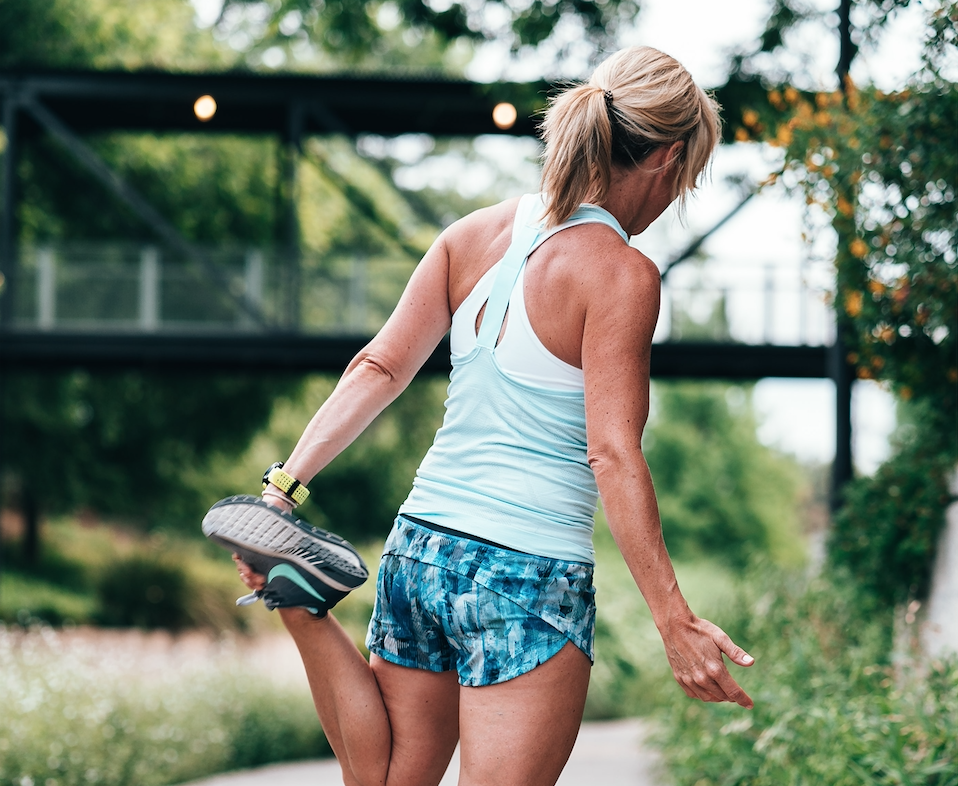Warm Up and Cool Down Exercises For Running)
With spring just around the corner, many runners are looking forward to warmer weather and more daylight hours. Whether you powered through the winter, are coming out of hibernation, or are looking to pick up running for the first time, here are a few things to keep in mind when you head out the door!
Why Warm Up or Cool Down?
While there is little evidence that warming up will help reduce your risk of injury when running, there is evidence that it can improve performance. Warming up will help to increase your heart rate and respiration, deliver more oxygen to your muscles, and reduce stiffness in joints and tendons. Evidence also shows us that cooling down will not significantly reduce your risk of injury; however, stretching can improve joint range of motion and help runners reduce tight sensations and relax after a run. Cooling down also offers a chance to improve body awareness and reflect on your training session or race.
Dynamic Warm Up vs. Static Stretching
Warming up should include 5-10 minutes of dynamic activity that involves light jogging and runner-specific exercises to move your joints through their full range of motion. A good warm-up will include the upper and lower body and aim to activate muscles, not fatigue them. Squats, standing knee-to-chest, lateral lunges, and runner touches make a great series to engage the core and lower body. Walking lunges, walking leg swings, bum kicks and high knee skips will get you moving and elevate your heart rate. I like to incorporate the upper body by adding overhead reaching to lunges and squats so you can get out running sooner!
Static or held stretches should be reserved for cooling down as research has found that stretched muscle groups have reduced strength and power production. Stretches should be held for 30-60 seconds and build tension in your muscles but not create any sharp pain. Most importantly, allow yourself to relax into your stretch and listen to your body to feel for what is tight or stiff after a run. Calves, hamstrings, quads, glutes and hip flexors are common target areas post-run.
Ready to Hit the Road/Trail
Ultimately, to help the body adapt and strengthen, runners should build their running performance through progressive training sessions, which should always incorporate an active warm-up and light cool down. While warming up or cooling down will not significantly reduce your risk of injury, they can improve your performance and will make running that much more enjoyable!
If you are interested in learning more about runner-specific strengthening, running performance or even have questions about how to get started running, click here or call one of our clinics to book in with one of our expert physiotherapists.
Written by: Ryan Sellan – Physiotherapist, Manual Therapist, Running Enthusiast



